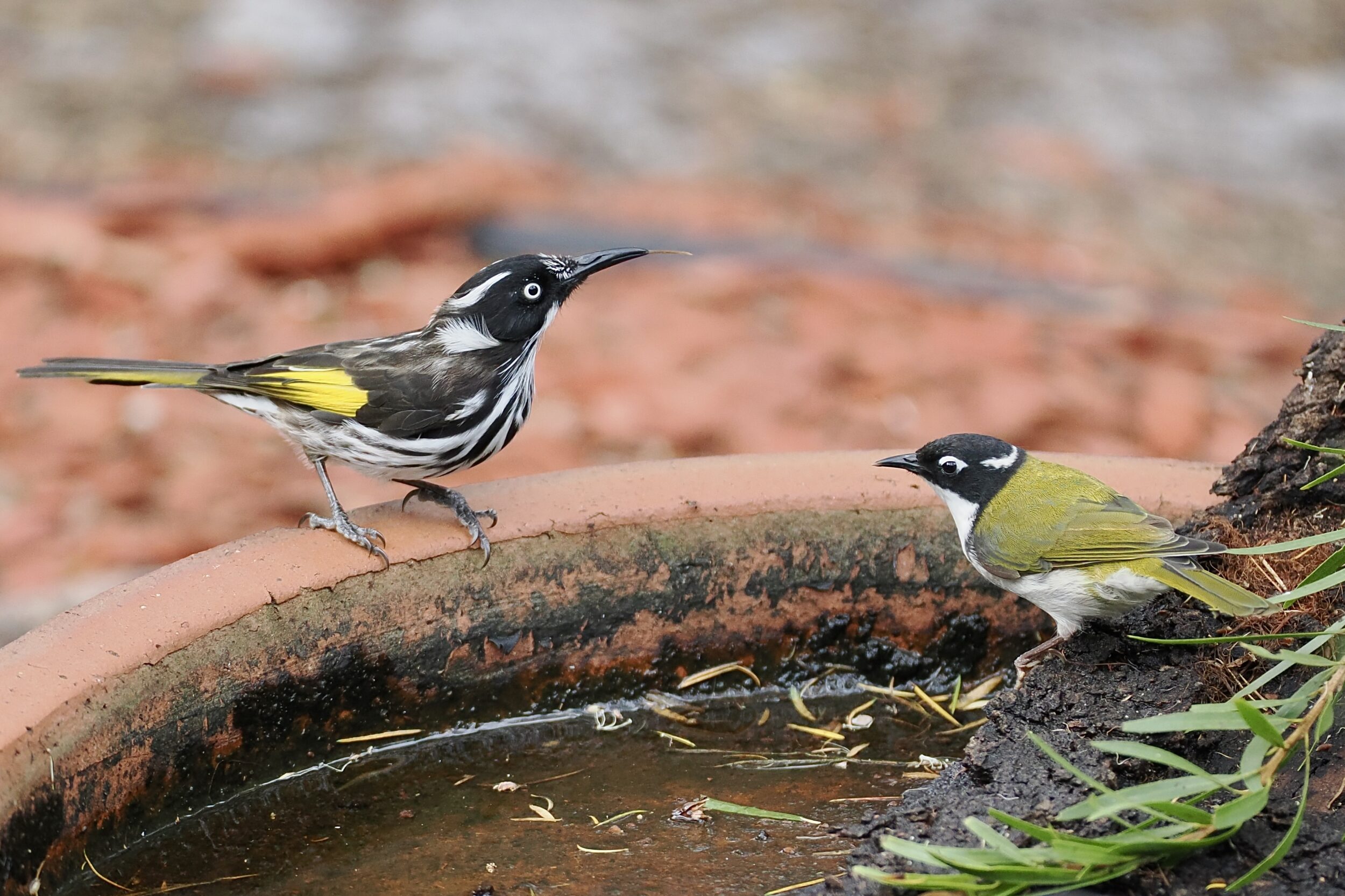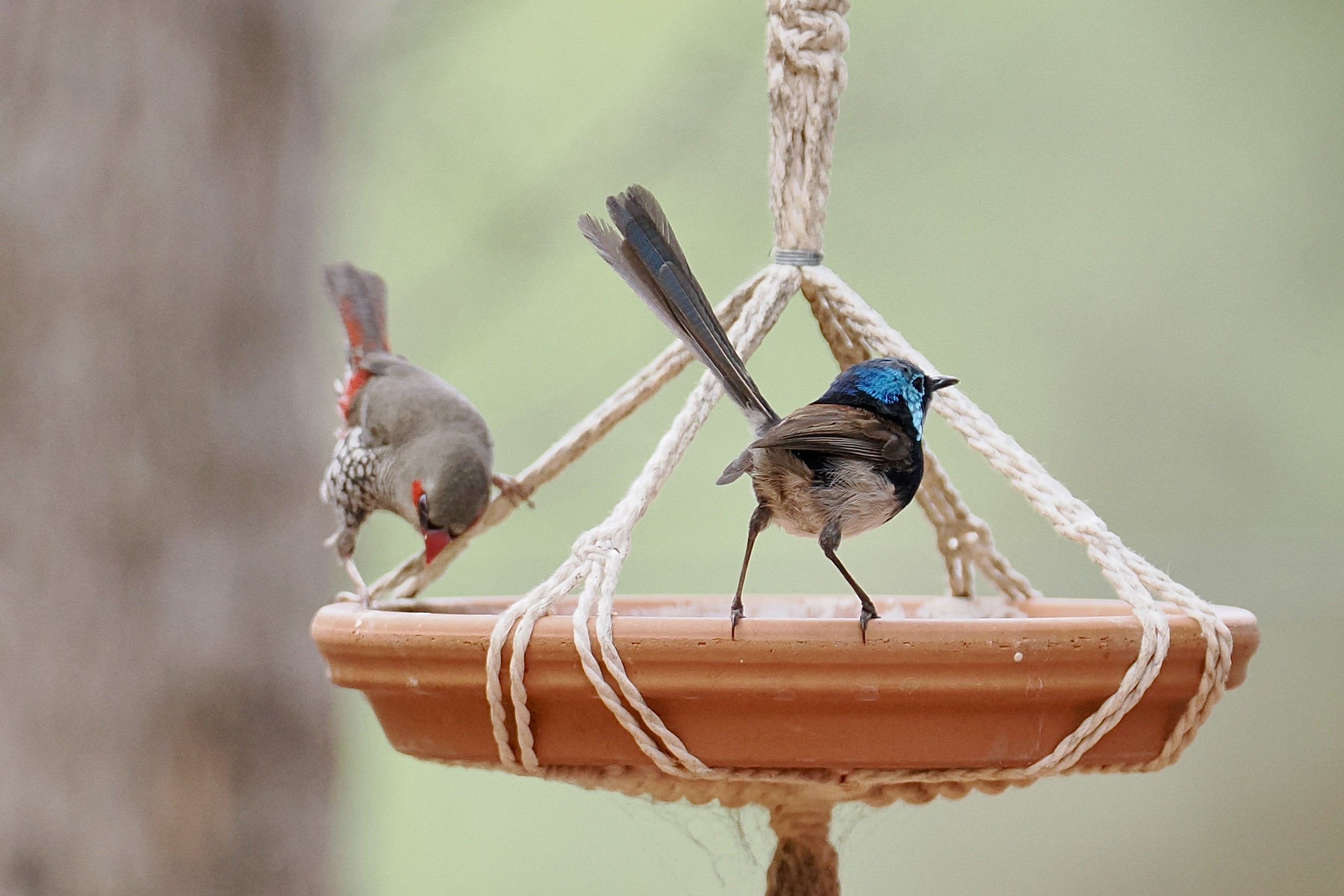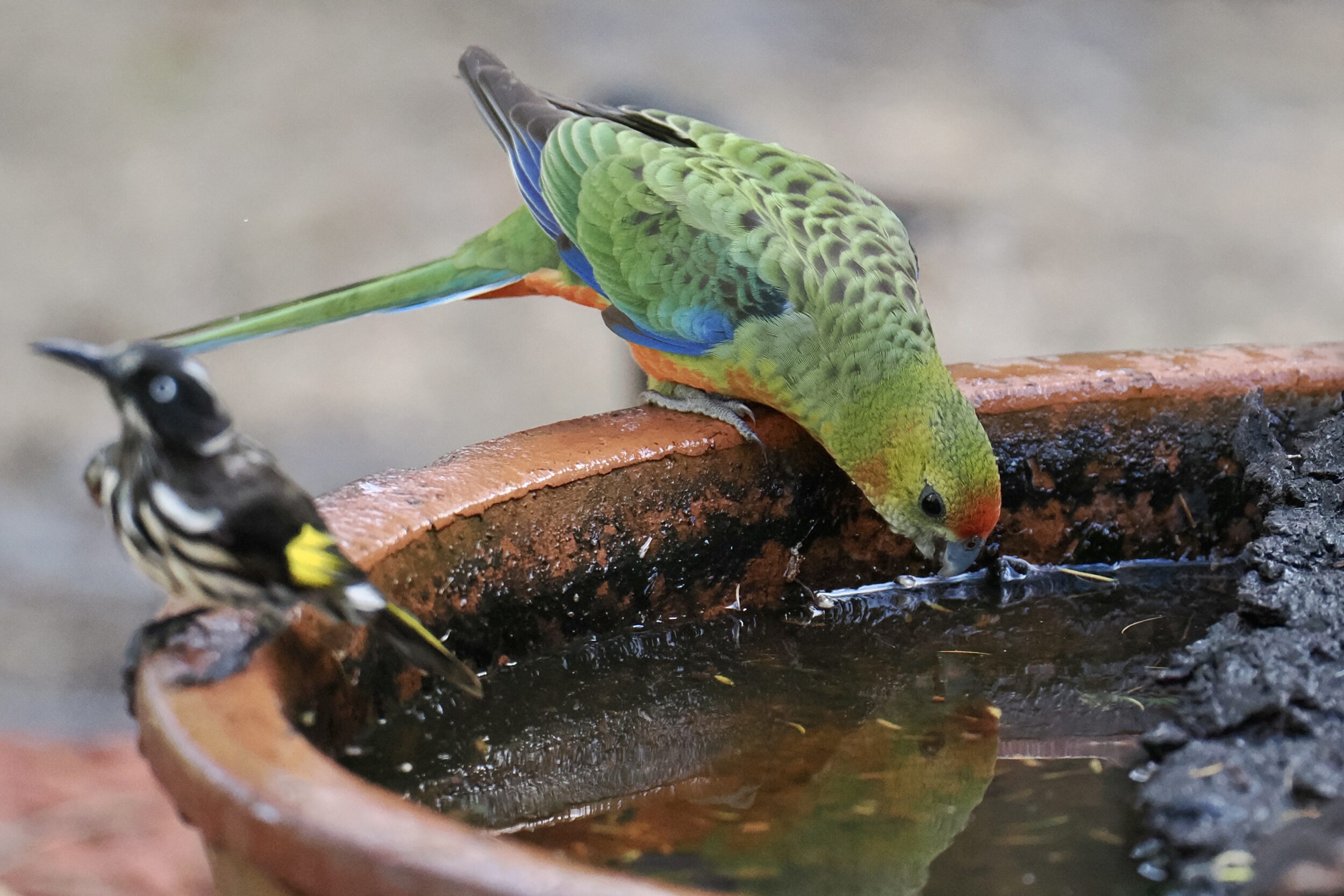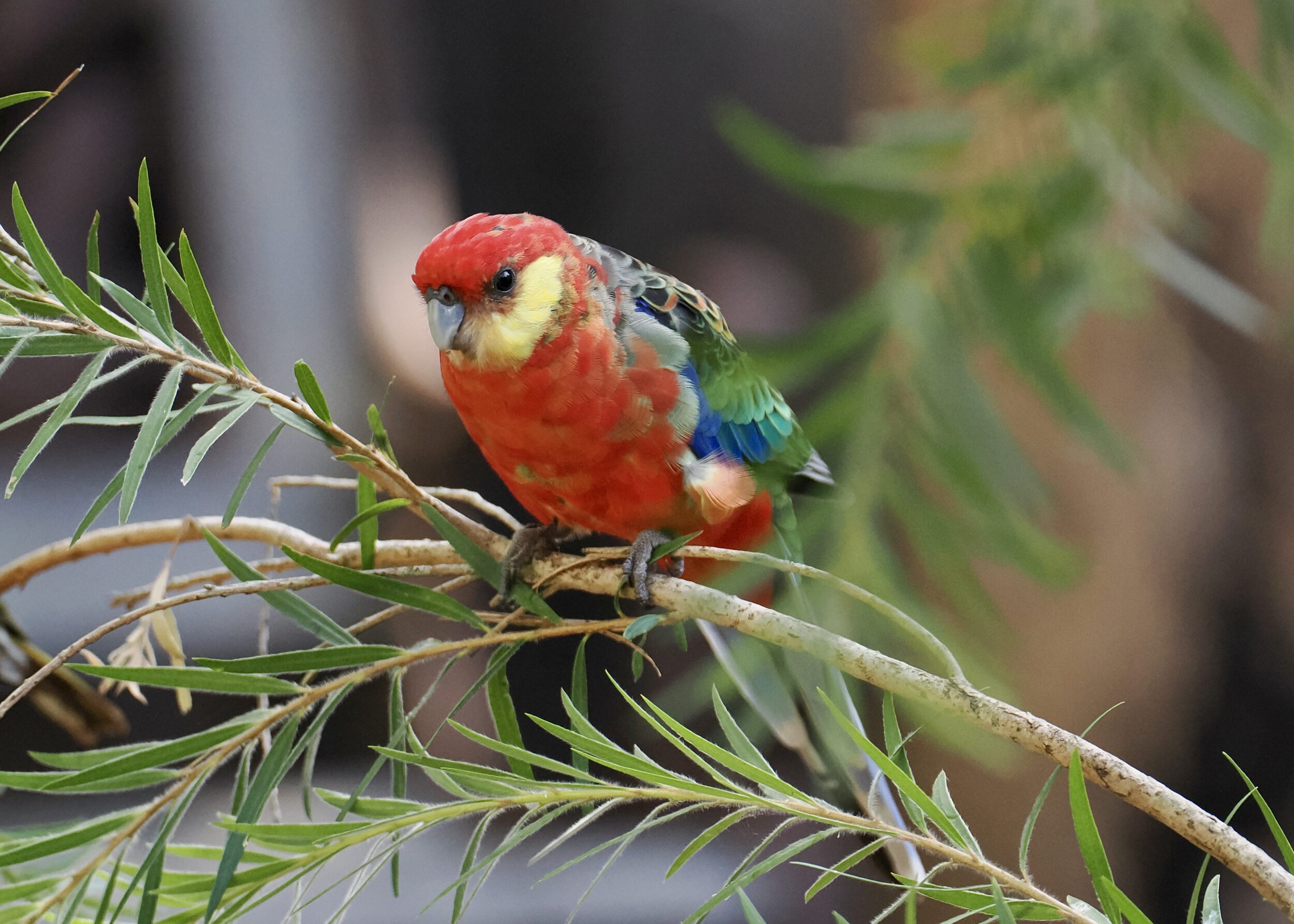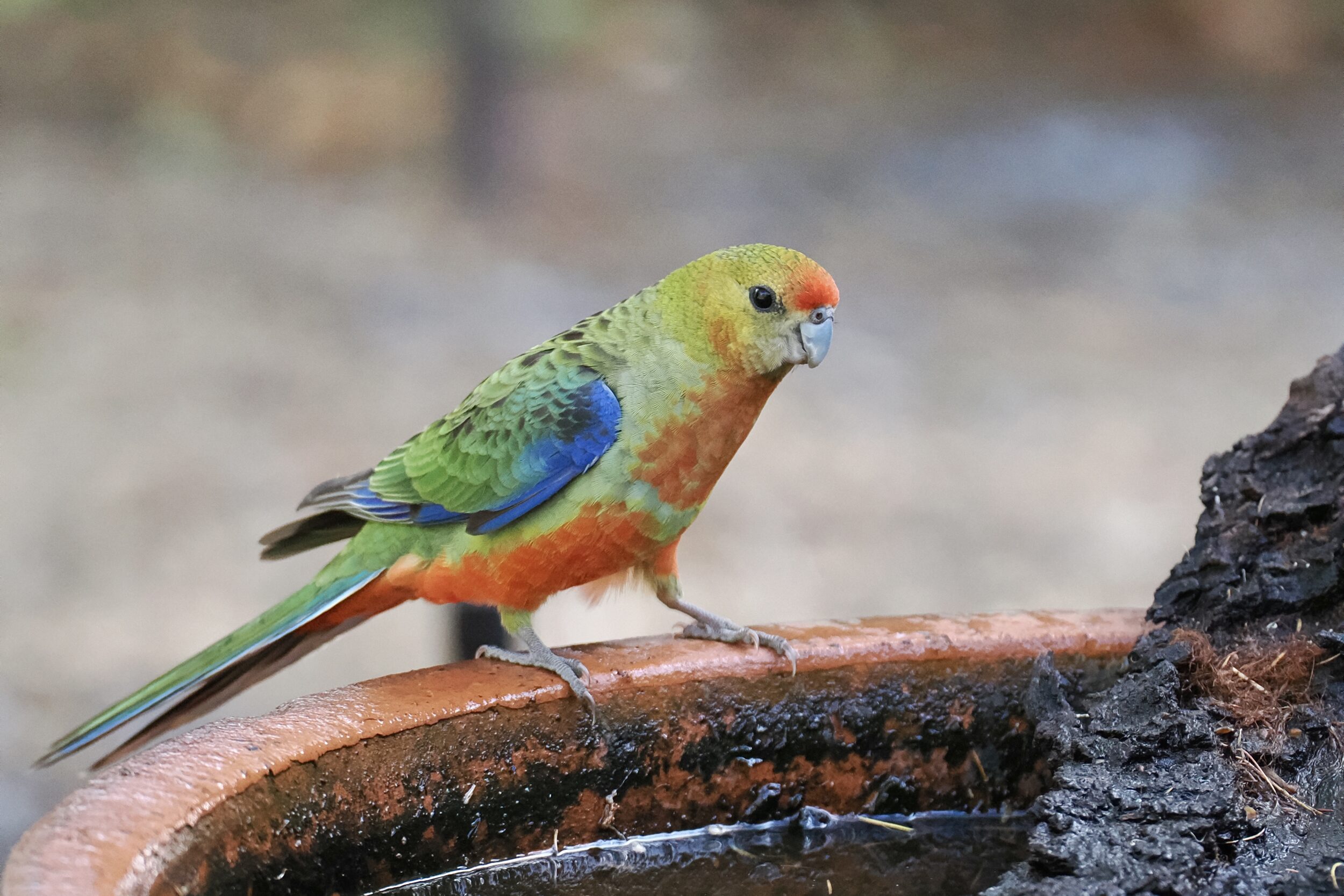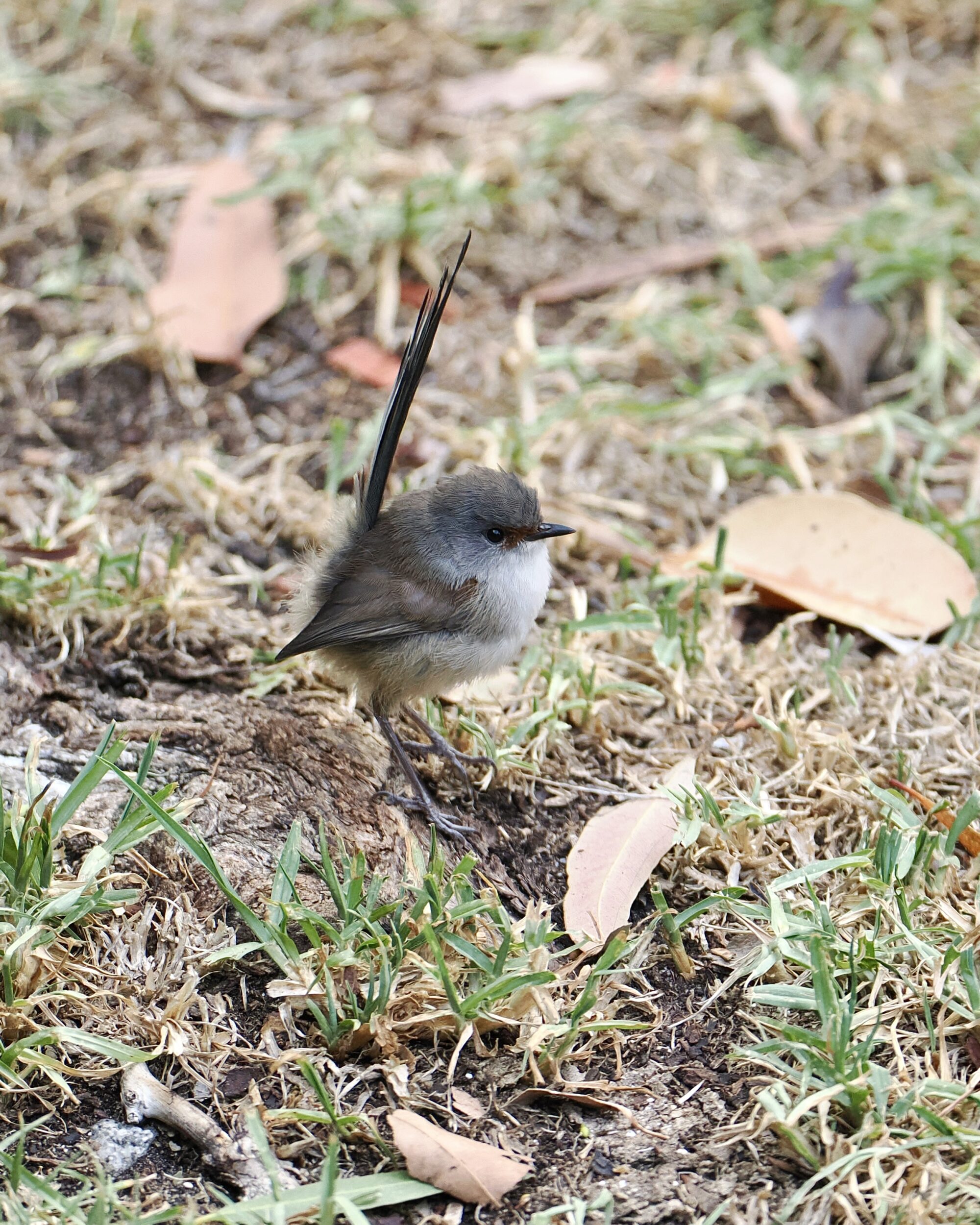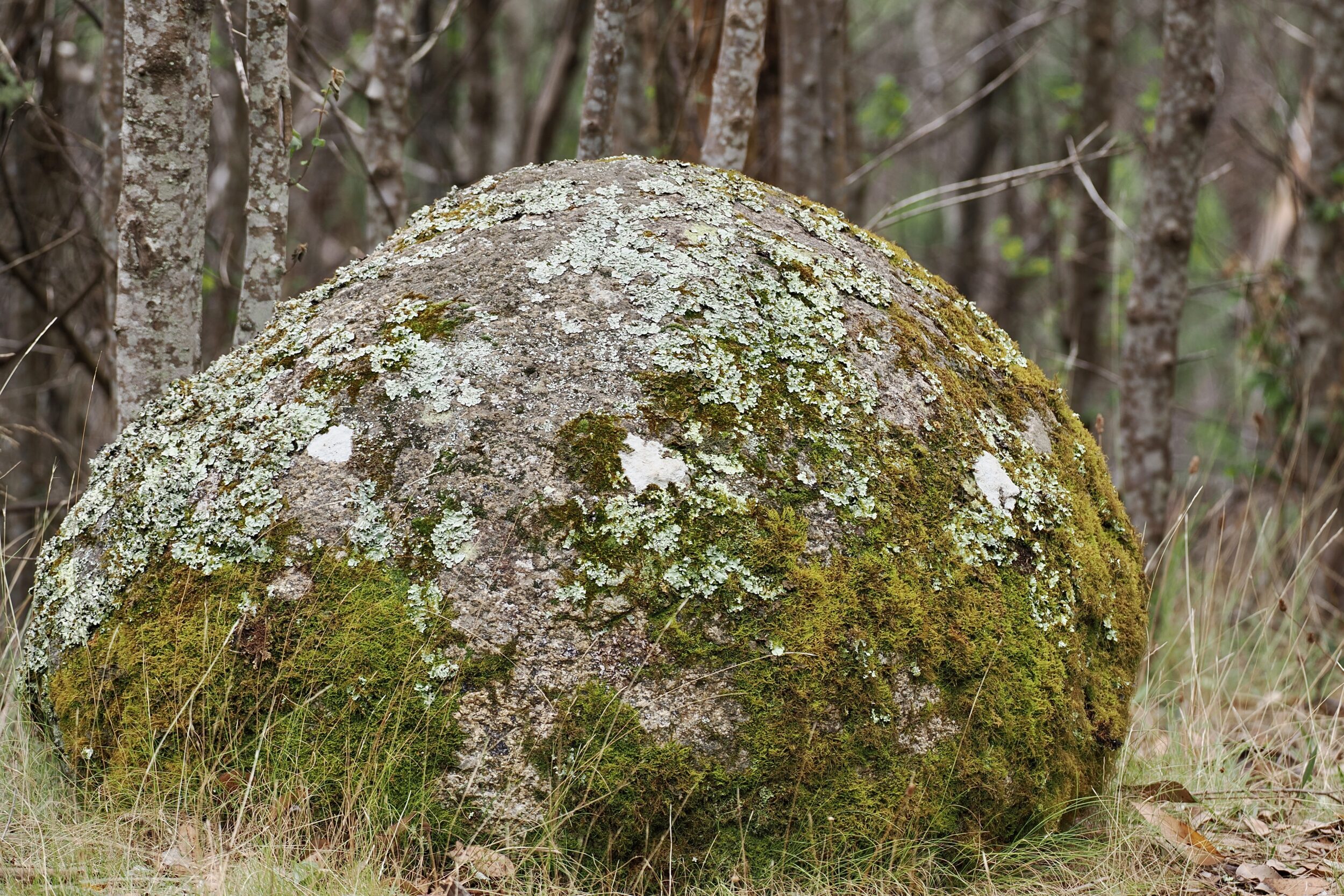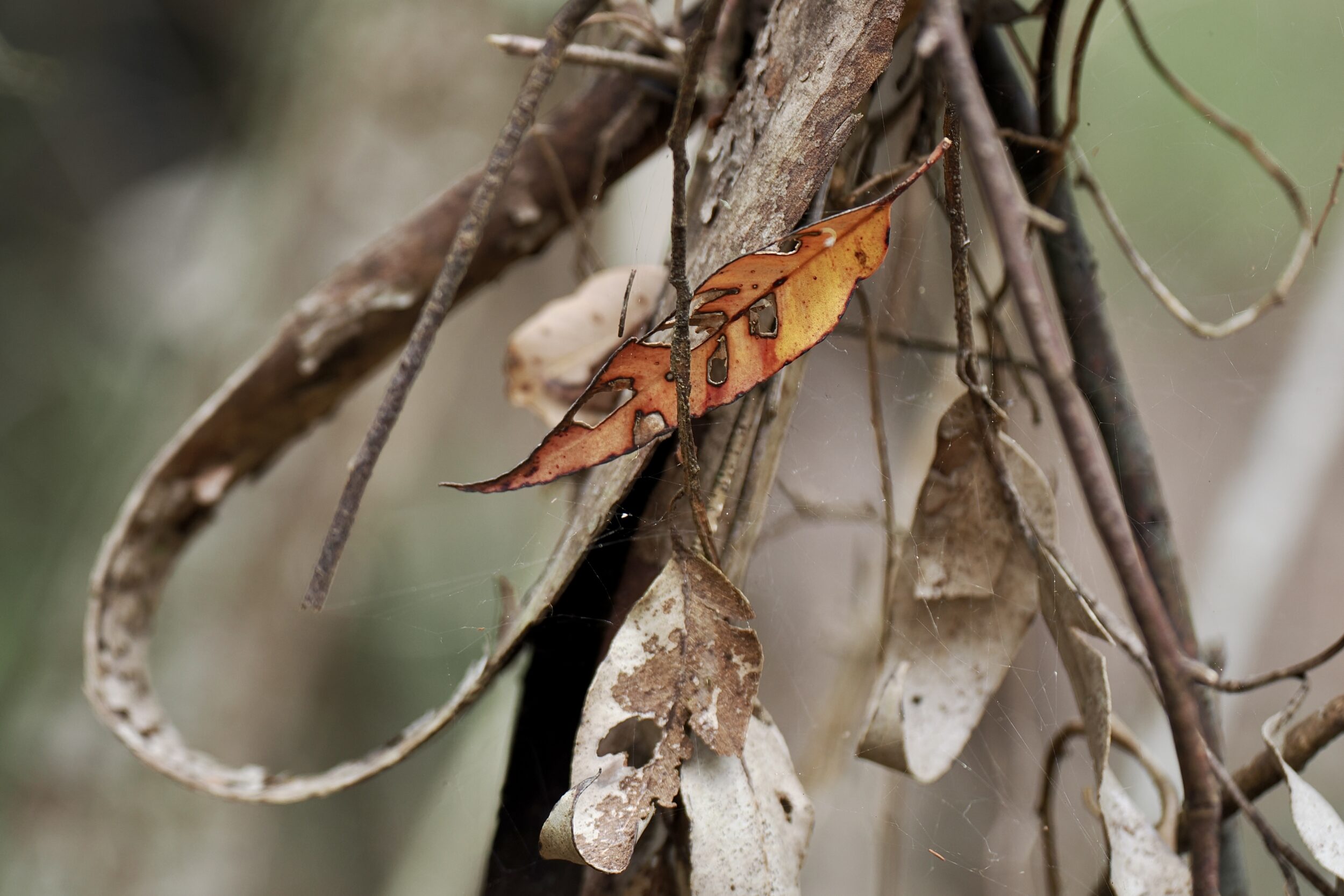At least between the pictured species, “Two honeyeater species, sharing a birdbath” is a perfectly unremarkable, “normal” event.
On the left – sticking out his or her long, “brush-tipped” nectar-collecting tongue – is a New Holland honeyeater, Phylidonyris novaehollandiae.
On the right is a bird that is very clearly a species in its own right, but was not recognised as such until 2010.
It never really was a subspecies of the (eastern Australian) White-naped honeyeater, Melithreptus lunatus.
At last blessed with a single, “proper” common name – and its own “Latin” species name – Gilbert’s honeyeater, Melithreptus chloropsis, lives only in Western Australia’s southwest.
Leave a Comment